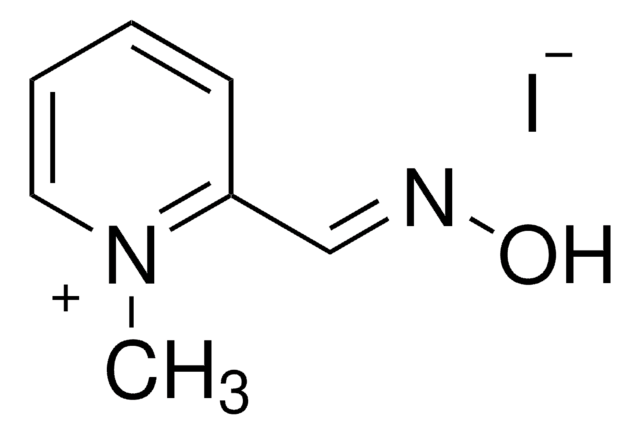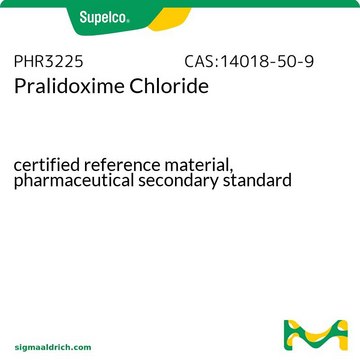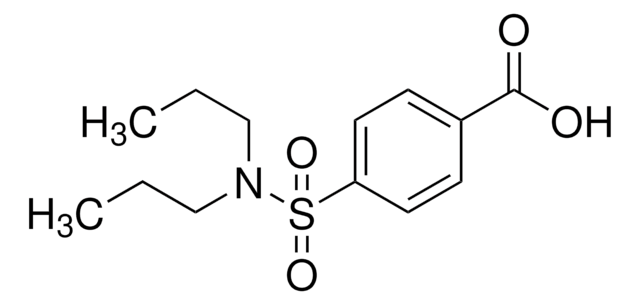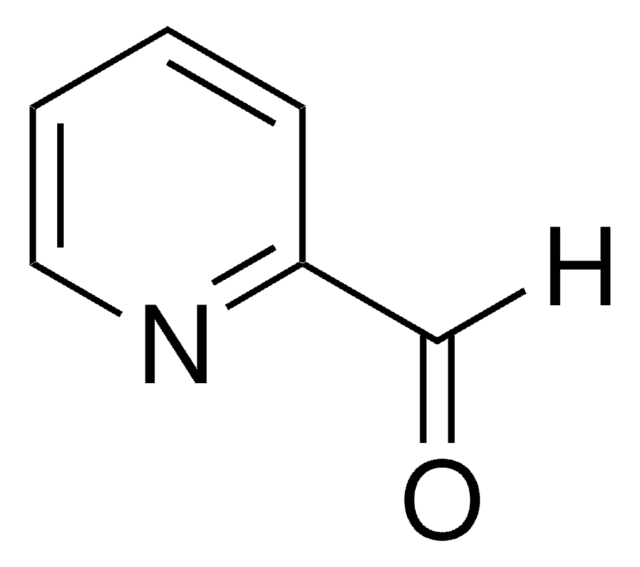P9053
Pyridine-2-aldoxime methochloride
Sinónimos:
2-PAM chloride, Pralidoxime chloride
About This Item
Productos recomendados
origen biológico
synthetic (organic)
Formulario
solid
mp
230 °C (lit.)
solubilidad
water: 50 mg/mL, clear, colorless to faintly yellow
cadena SMILES
[Cl-].C[n+]1ccccc1\C=N\O
InChI
1S/C7H8N2O.ClH/c1-9-5-3-2-4-7(9)6-8-10;/h2-6H,1H3;1H
Clave InChI
HIGSLXSBYYMVKI-UHFFFAOYSA-N
Información sobre el gen
human ... ACHE(43)
¿Está buscando productos similares? Visita Guía de comparación de productos
Acciones bioquímicas o fisiológicas
Palabra de señalización
Warning
Frases de peligro
Consejos de prudencia
Clasificaciones de peligro
Acute Tox. 4 Dermal - Acute Tox. 4 Inhalation - Acute Tox. 4 Oral
Código de clase de almacenamiento
11 - Combustible Solids
Clase de riesgo para el agua (WGK)
WGK 1
Equipo de protección personal
dust mask type N95 (US), Eyeshields, Gloves
Elija entre una de las versiones más recientes:
¿Ya tiene este producto?
Encuentre la documentación para los productos que ha comprado recientemente en la Biblioteca de documentos.
Los clientes también vieron
Nuestro equipo de científicos tiene experiencia en todas las áreas de investigación: Ciencias de la vida, Ciencia de los materiales, Síntesis química, Cromatografía, Analítica y muchas otras.
Póngase en contacto con el Servicio técnico













